Monthly Archives: September 2024
SOURCE: IDRW.ORG
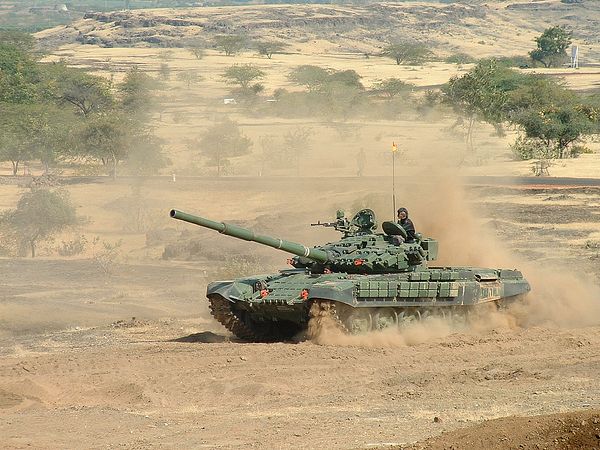

Defence expert Ranesh Rajan while speaking to idrw.org has cautioned India to be wary of shell companies expressing interest in purchasing T-72 tanks from the country. This warning comes as the Indian Army prepares to retire and potentially export several hundred T-72s amidst a global rise in demand for tanks.
The Indian Army currently operates around 2,500 T-72 tanks, some dating back to the late 1970s. These tanks have served alongside over 1,000 T-90s. This once made India the world’s largest operator of both tank classes, which benefit from significant interoperability due to the T-90 being a modernized derivative of the T-72.
Continue readingSOURCE: IDRW.ORG
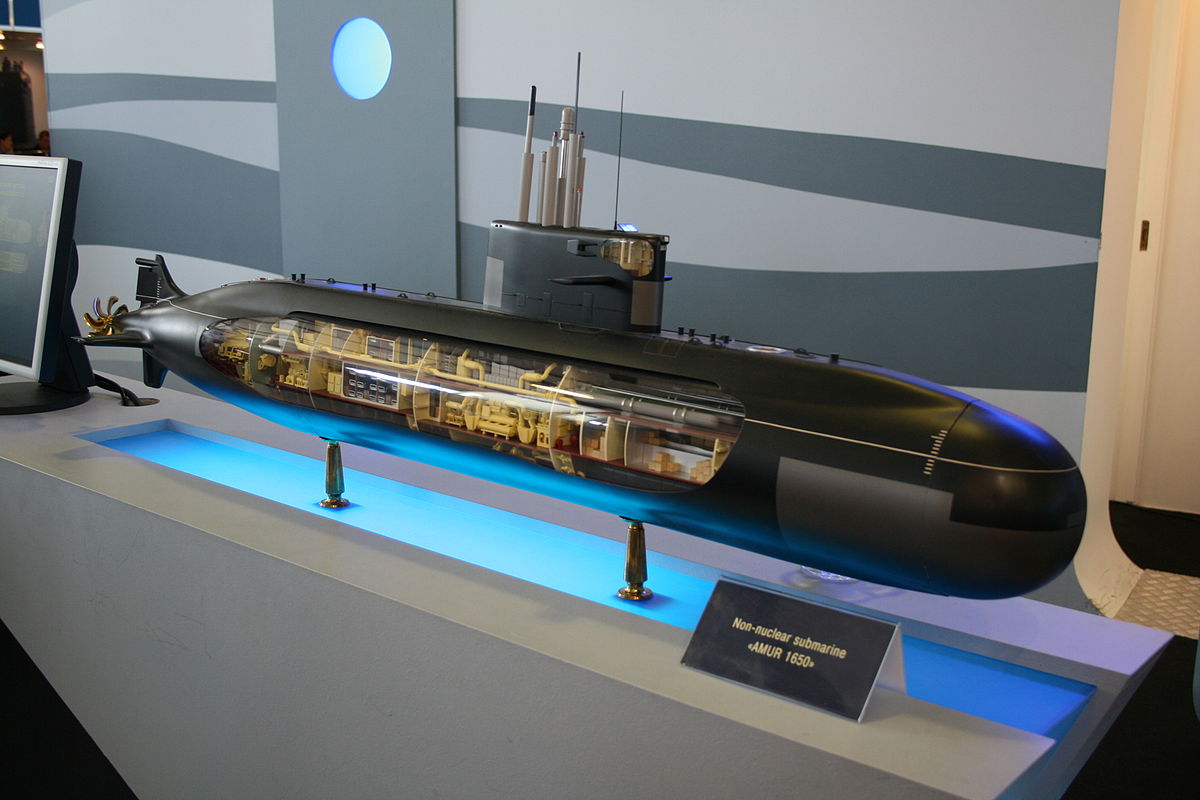

Mr. Igor V. Vilnit, CEO of Rubin Design Bureau, Russia, has expressed a willingness to collaborate with Indian industry and the Navy on Project 75I, aligning with India’s “Make in India” and “Self-Reliant India” policies.
In 2022, Russia withdrew from the Indian Navy’s tender for the construction of six advanced submarines under Project 75I, citing an inability to meet the project’s stringent terms and conditions. The estimated cost of the project was over ?40,000 crore.
Continue readingSOURCE: RAUNAK KUNDE / NEWS BEAT / IDRW.ORG
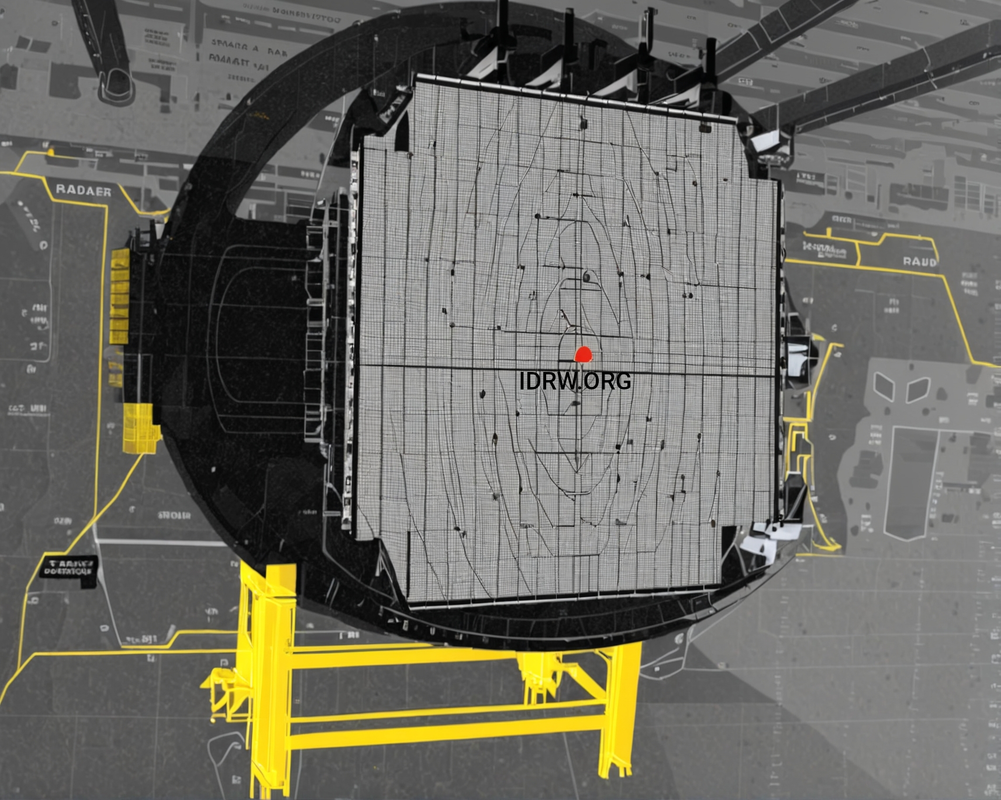

The Indian Ministry of Defense (MoD) has reportedly rejected the Indian Navy’s proposal to equip its Rafale M fighter jets with the DRDO-developed Uttam Fire Control Radar (FCR). The Navy had sought this upgrade to maintain commonality with the MiG-29K and the upcoming Twin Engine Deck Based Fighter (TEDBF) program, both of which are slated to receive the same radar.
The decision to reject the Uttam FCR integration has sparked controversy. While the RBE2 radar on the Rafale M boasts 838 GaAs T/R modules, the Uttam FCR AESA offers 968 TR modules. Although this difference may seem marginal, the Uttam FCR’s local development provides the Navy with greater control over weapons integration, eliminating the need to rely on OEMs like Thales and Dassault for costly upgrades.
Continue readingSOURCE: RAUNAK KUNDE / NEWS BEAT / IDRW.ORG
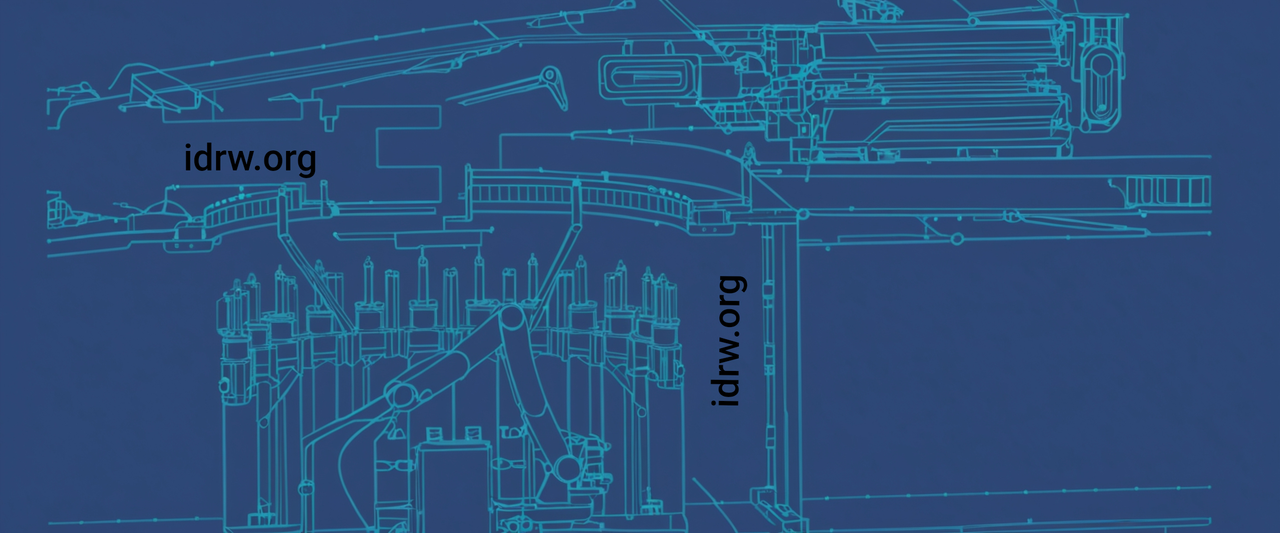

The Defence Research and Development Organisation (DRDO) has made significant strides in developing a dual-flow automatic loader for its new-generation tank. This innovative system will significantly enhance the tank’s firepower and reduce crew risk.
The dual-flow automatic loader features a conveyor in the hull capable of holding 24 rounds. An additional 16 rounds are stored in a second conveyor in the turret. This dual-storage system ensures a continuous supply of ammunition to the main gun, allowing for sustained firing without manual reloading.
Continue readingSOURCE: RAUNAK KUNDE / NEWS BEAT / IDRW.ORG


The proposed civilian HAL/NAL Regional Transport Aircraft-90 (RTA-90) program has encountered a potential hurdle with the Indian Air Force (IAF) expressing reservations about its military utility. While the Ministry of Defence (MoD) is considering greenlighting the project to develop a commercial plane for the UDAN program connecting smaller Indian cities, the IAF remains unconvinced about its suitability for military applications.
A senior IAF officer, speaking anonymously to idrw.org, highlighted the limited utility of a military cargo variant derived from the RTA-90 design.
Continue readingSOURCE: IDRW.ORG TEAM
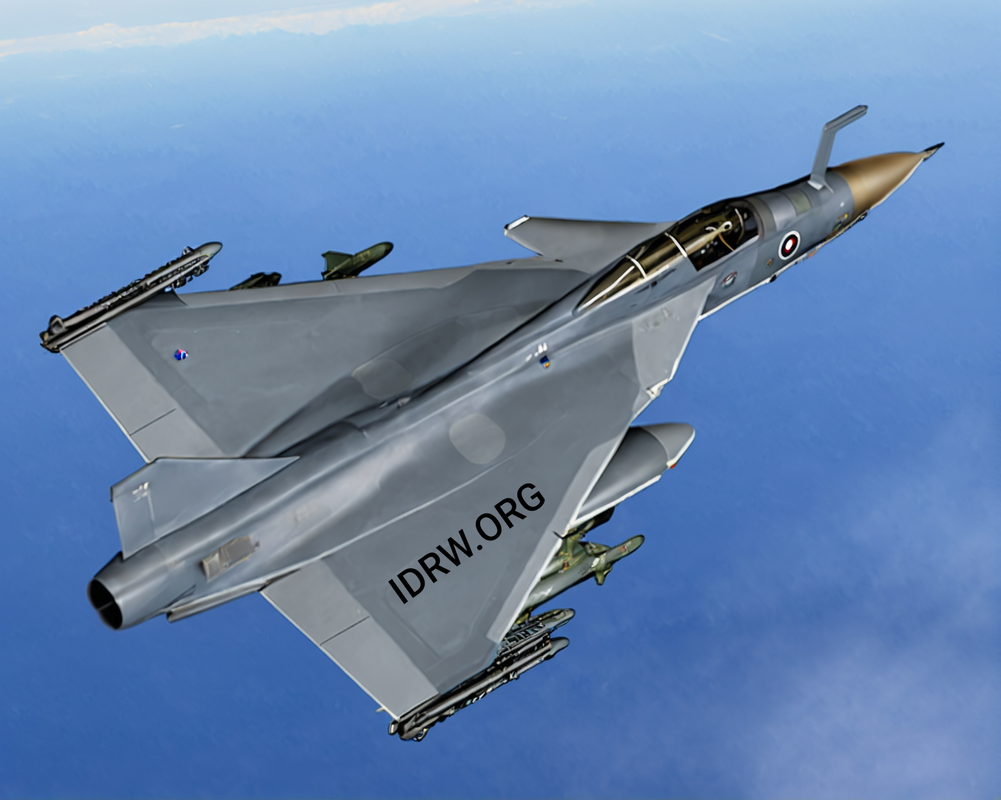

The much-awaited rollout of the Tejas Mk2 fighter jet has been rescheduled for March 2026, according to sources close to idrw.org. This revised timeline indicates a positive development in the program, with assembly of the first prototype set to begin soon.
According to Prabhulla Chandran VK, director of avionics and weapons systems at the Aeronautical Development Agency (ADA), the rollout of the first Tejas Mk2 prototype will occur approximately 18 months from now, placing it in March 2026. This timeline aligns with the program’s original first flight schedule, which was also targeted for 2026. Following the rollout, the Tejas Mk2 will undergo a series of crucial tests, including low and high-speed taxi trials, system checks, and ground engine runs, before receiving clearance for its maiden flight.
Continue readingSOURCE: IDRW.ORG
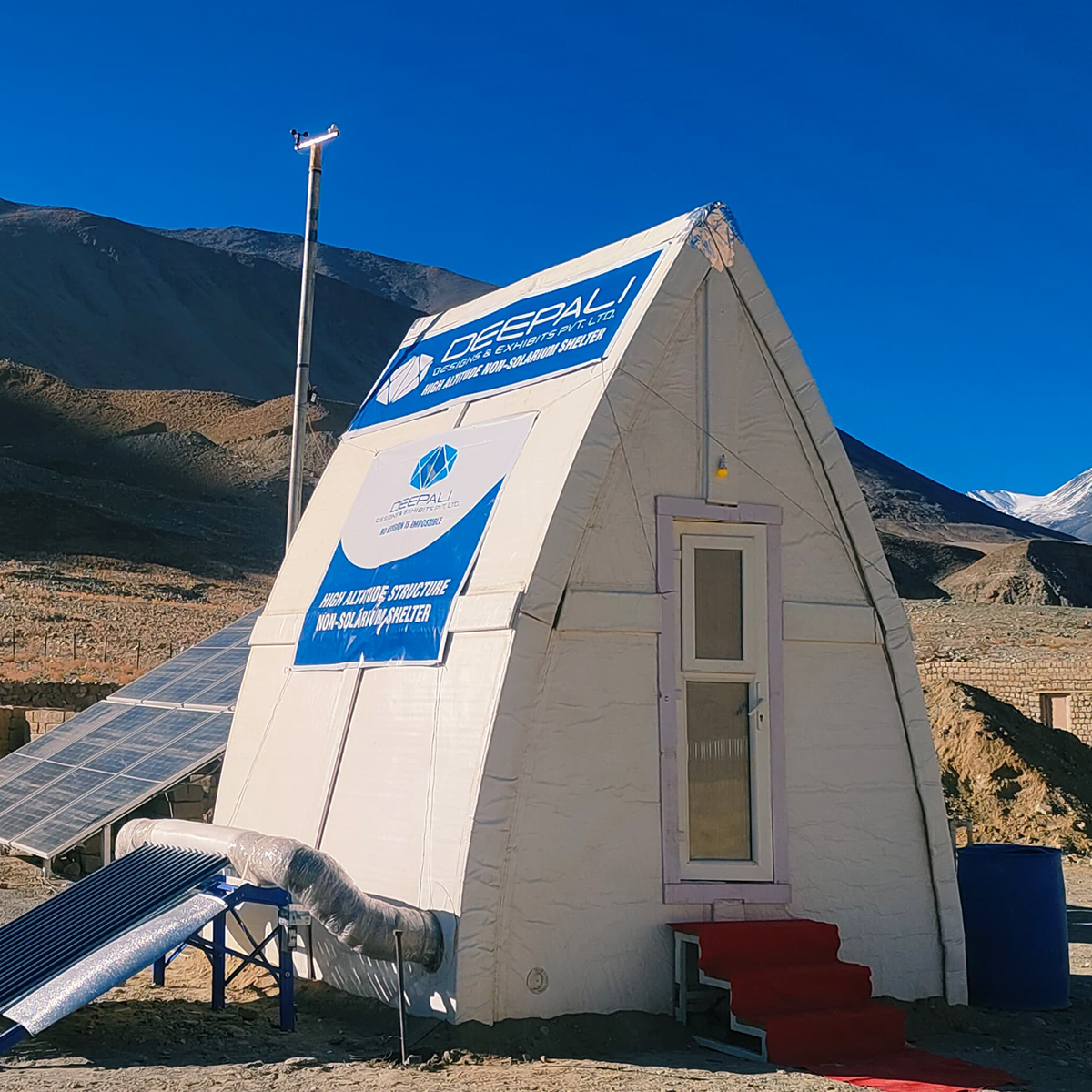

DTECH 360, a leading technology company, has announced the launch of Peak Pods, a groundbreaking high-altitude habitat designed for sub-zero temperature regions. Powered by the indigenously developed OASIS Technology, Peak Pods are the first of their kind in the world, offering a safe, comfortable, and sustainable living solution for challenging environments.
Meticulously engineered to enhance resilience, efficiency, and productivity, Peak Pods are ideal for high-altitude military bases, research stations, adventure tourism destinations, and mountaineering expeditions. A significant technological breakthrough, these pods can maintain a comfortable interior temperature of 15°C even in extreme conditions of -40°C, without relying on fuel or electricity.
Continue readingSOURCE: RAUNAK KUNDE / NEWS BEAT / IDRW.ORG
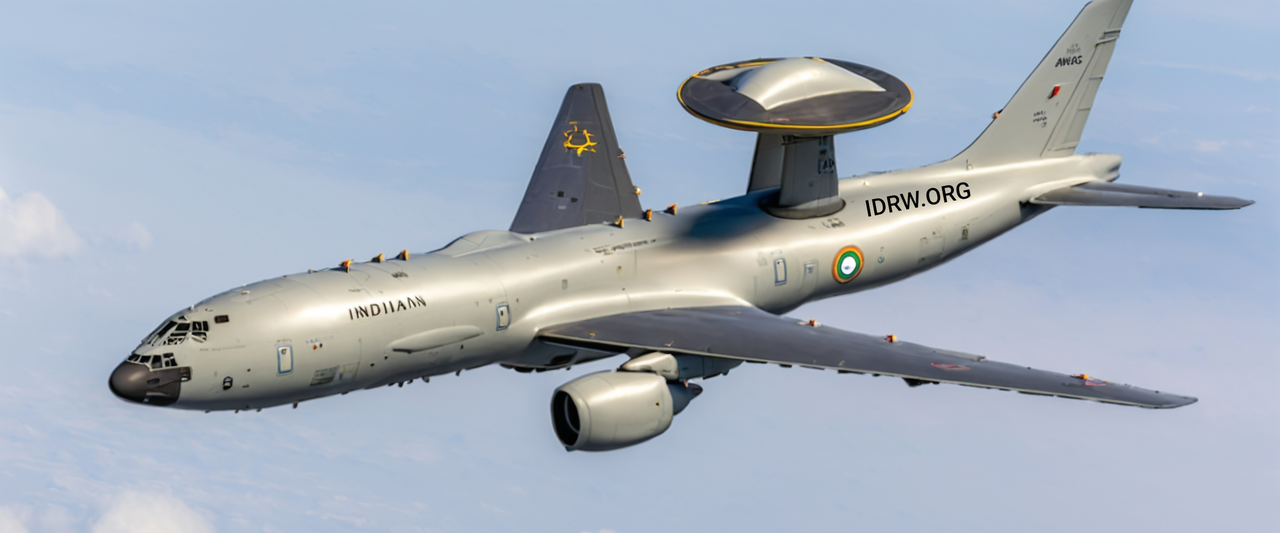

The Ministry of Defence (MoD), Government of India, has issued a Request for Information (RFI) aimed at the procurement of six (06) Airborne Early Warning and Control (AEW&C) systems, along with the necessary ground segment infrastructure. This RFI invites proposals from registered Indian vendors for the supply of these advanced systems. The AEW&C system is a crucial part of the Indian Air Force’s (IAF) modernization efforts, aimed at enhancing air defense and surveillance capabilities.
The AEW&C systems are a sophisticated “system of systems” designed to provide long-range radar detection and comprehensive situational awareness. The primary functions include Long-range radar detection, Electronic Surveillance Measures (ESM), Communication Support Measures (CSM), Command & Control (C2), Battle management, and Data link-based networking for real-time integration.
Continue readingSOURCE: RAUNAK KUNDE / NEWS BEAT / IDRW.ORG
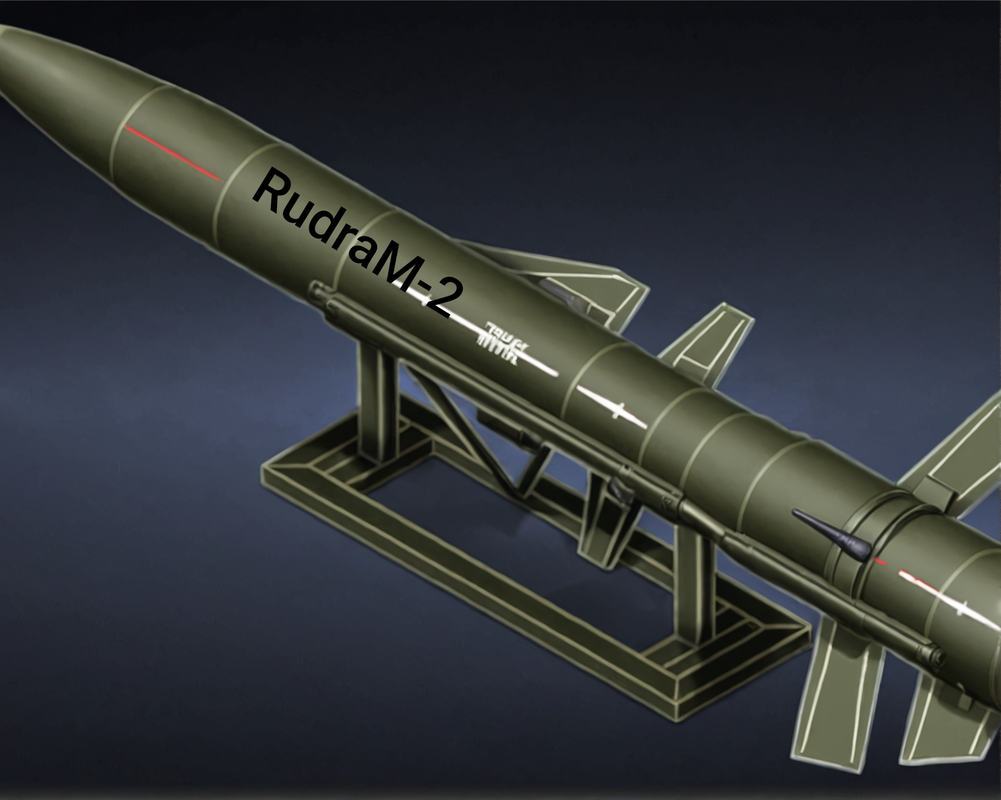

The Defence Research and Development Organisation (DRDO) has proposed the development of a ground-based version of the RudraM-2 anti-radiation surface-to-surface missile system. Based on the air-launched variant of the RudraM-2, the ground-based version will incorporate a booster stage, enhancing its range and capabilities.
With a range of 300 kilometres and a payload of 200 kilograms, the RudraM-2 missile is capable of reaching speeds of up to Mach 5.5. Its advanced seekers can detect enemy radio frequencies and signals from radars at distances exceeding 100 kilometres.
Continue readingSOURCE: RAUNAK KUNDE / NEWS BEAT / IDRW.ORG
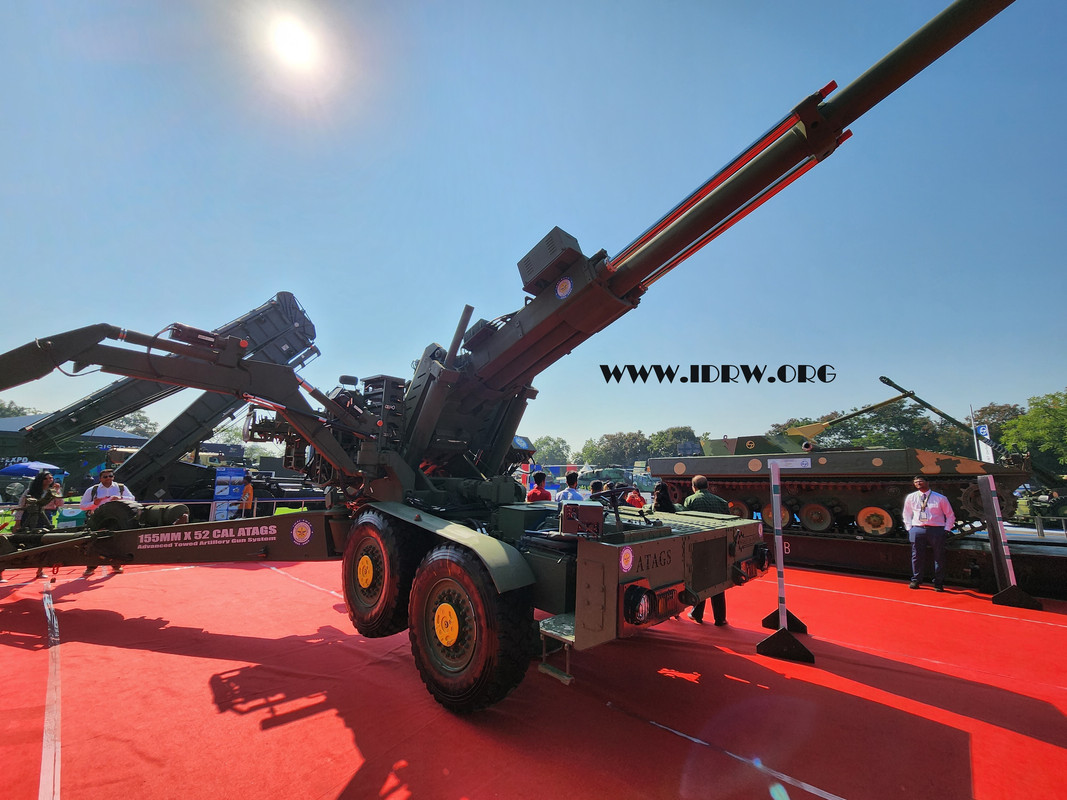

Lt Gen Adosh Kumar, the Director General of Artillery in the Indian Army, has confirmed that the deal for 307 Advanced Towed Artillery Gun Systems (ATAGS) will be procured in 2025. The ATAGS, a towed 155 mm/52 caliber howitzer, has already been cleared for production following the successful completion of user trials.
The contract is expected to be finalized in March, coinciding with the end of the financial year. While the Army has not disclosed which specific variant of the ATAGS it plans to procure, both Tata and Kalyani have developed their own versions of the gun based on the same Technology Transfer (ToT) provided by the Defence Research and Development Organisation (DRDO). However, there are notable differences between the two variants in terms of design and other parameters.
Continue readingSOURCE: IDRW.ORG
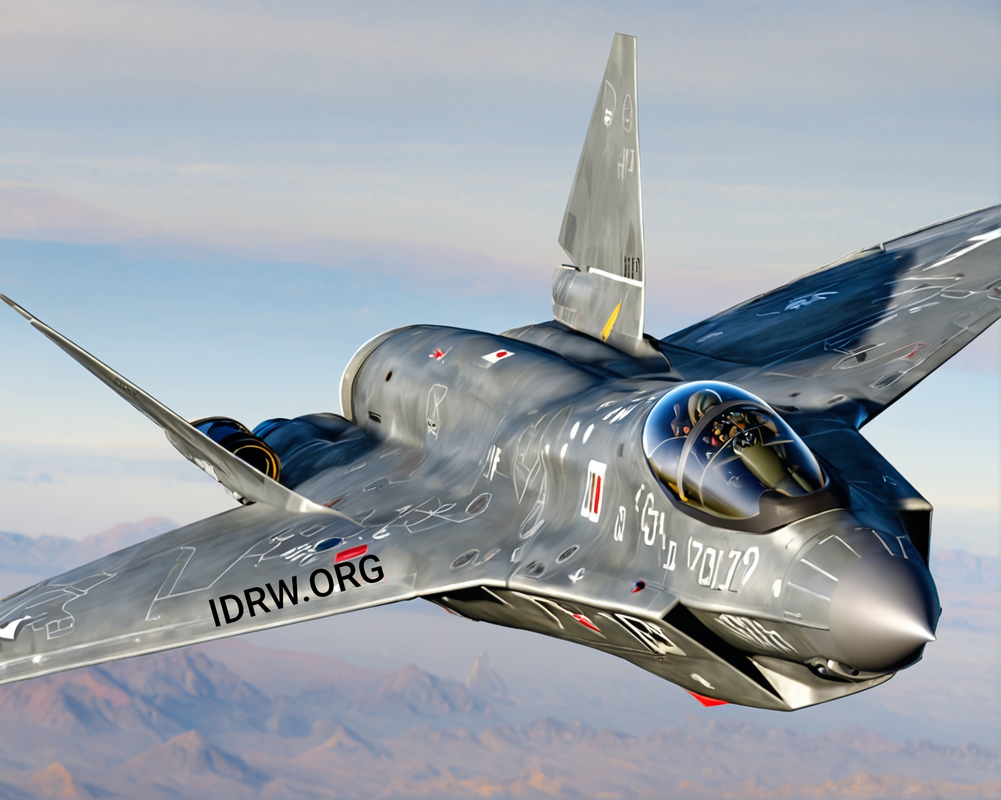

A senior Indian Air Force (IAF) official, speaking to idrw.org under the condition of anonymity, has stated that the proposal for the Su-75 Checkmate, a single-engine stealth fighter developed by Russia’s Sukhoi Design Bureau, is not being seriously considered by the IAF. The official explained that the Su-75 program requires substantial developmental funding from potential customers, making it financially unfeasible for India.
The Su-75 Checkmate was first revealed in the form of a full-size mockup at the MAKS 2021 airshow and followed by a series of patents in 2022, aimed primarily at the export market. Russia has positioned the Checkmate as a competitor to the American F-35, but the official emphasized that the Russian Air Force has no plans to procure the aircraft. This puts the burden of funding on potential export customers, which complicates its viability for the IAF.
Continue readingSOURCE: IDRW.ORG TEAM
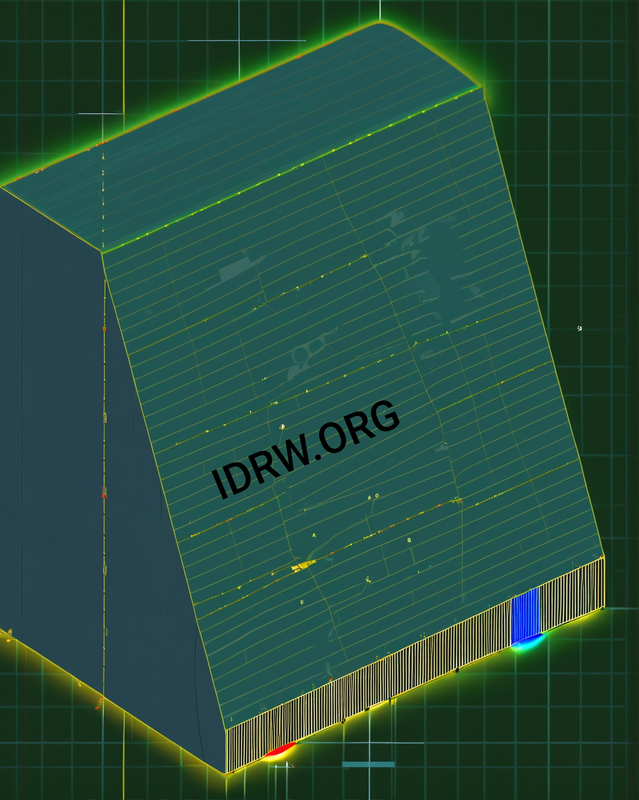

The Indian Space Research Organisation (ISRO) is developing a Space Debris Radar with over 70% indigenous content, marking a significant step towards ensuring the safety of India’s expanding space assets. This radar system is designed to track and monitor space debris, a growing threat to satellites, space stations, and other orbital installations.
As space becomes increasingly congested, the risk posed by debris—ranging from defunct satellites to fragments from past collisions—has become a major concern for spacefaring nations. These objects, often traveling at high velocities, can cause catastrophic damage to operational spacecraft, leading to the loss of valuable equipment and scientific missions. ISRO’s initiative to develop a Space Debris Radar showcases India’s commitment to enhancing the sustainability and safety of its space endeavors.
Continue readingSOURCE: RAUNAK KUNDE / NEWS BEAT / IDRW.ORG
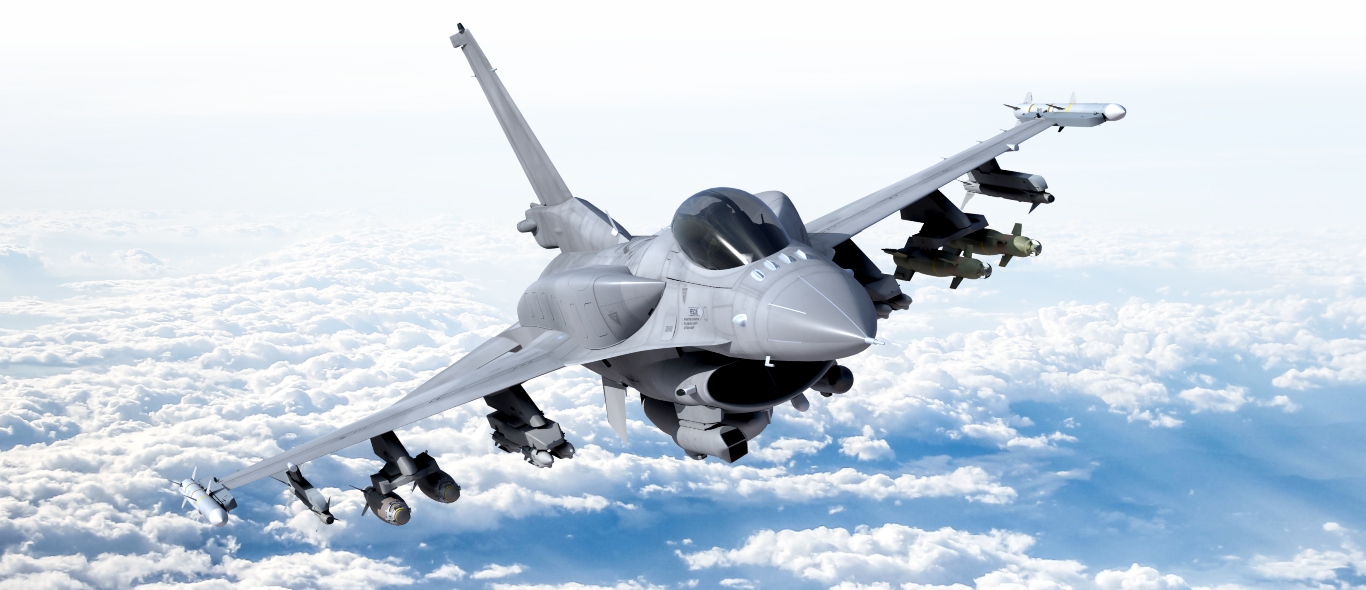

In a conversation with idrw.org, a Lockheed Martin official confirmed that no formal offer has been made to the Indian Air Force (IAF) for the sale of the F-35A fifth-generation fighter jet, despite ongoing speculation following the fighter’s appearance at Aero India 2023. Instead, the company is concentrating on promoting its F-16 variant, now rebranded as the F-21, which includes significant upgrades tailored for India.
The F-21 has been enhanced with a revised glass cockpit, advanced avionics, and features like the Triple Pylon Rail, allowing it to launch multiple AIM-120 air-to-air missiles—a feature not commonly seen on other fighter jets in its class. Lockheed Martin hopes the F-21 will be a strong contender in India’s Medium Multi-Role Combat Aircraft (MMRCA) competition, which seeks to procure 114 aircraft for the IAF, potentially valued at up to $18-20 billion.
Continue readingSOURCE: RAUNAK KUNDE / NEWS BEAT / IDRW.ORG
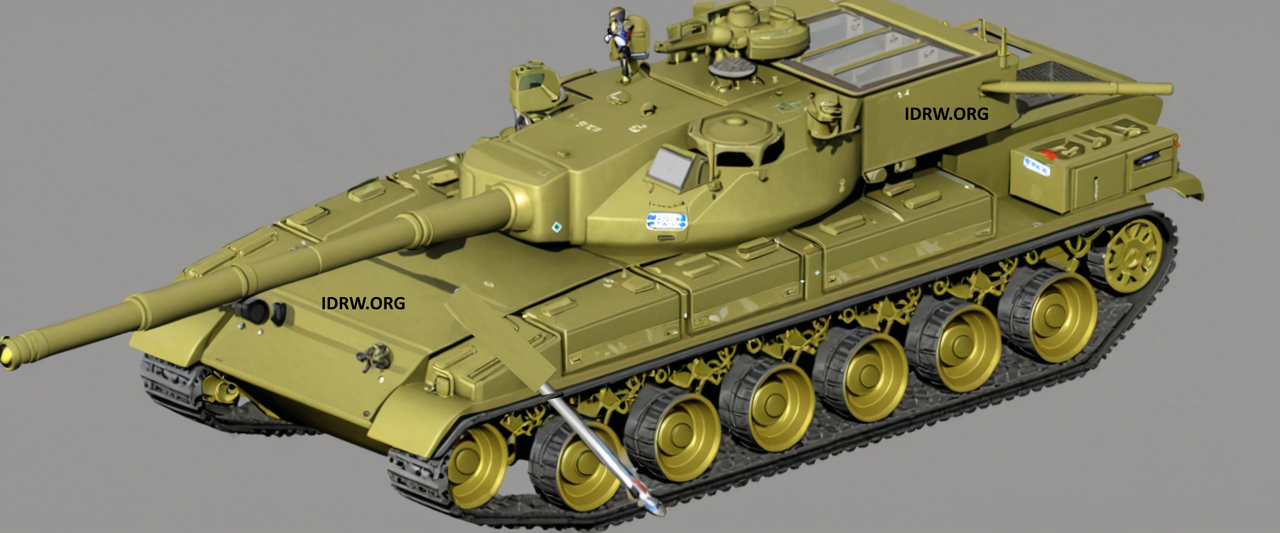

The Indian Army, which has received an Acceptance of Necessity (AoN) to procure the Future Ready Combat Vehicle (FRCV), is set to conduct a rigorous evaluation of potential bidders. The FRCV, which will replace the T-72 Main Battle Tanks (MBTs) in the Army’s fleet by 2030, is a significant acquisition program that will see intense scrutiny from domestic and international companies.
To ensure that the FRCV program aligns with the government’s “Make in India” initiative, the Indian Army and DRDO will conduct a special audit of all proposals submitted by public and private sector companies. This audit will focus on verifying the indigenous content of the proposed tanks, preventing the introduction of rebadged foreign MBTs into the Indian market.
Continue readingSOURCE: RAUNAK KUNDE / NEWS BEAT / IDRW.ORG
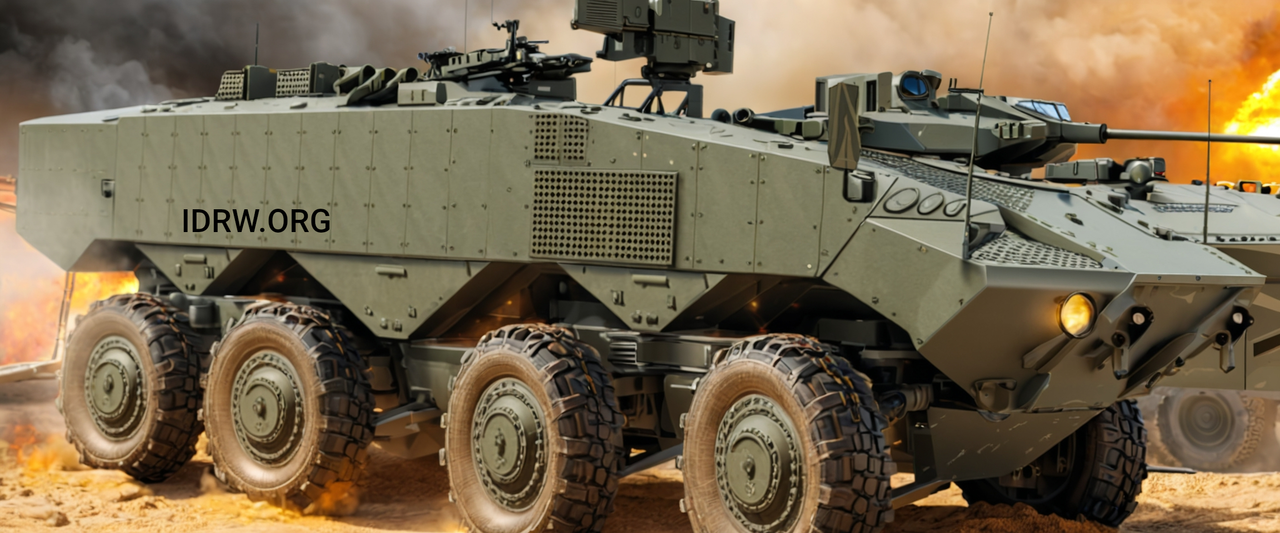

In a significant move towards enhancing the Indian Army’s reconnaissance and support capabilities, the Ministry of Defence (MoD) has reissued the Request for Proposal (RFP) for the procurement of 198 Wheeled Armoured Fighting Vehicles (WH AFV Recce & Support). The project falls under the Buy Indian – IDDM (Indigenously Designed, Developed, and Manufactured) category, reaffirming the government’s commitment to boosting Indigenous defence manufacturing under the “Make in India” initiative.
The MoD has retained the “Buy Indian – IDDM” category as per the Defence Procurement Procedure (DPP) 2016, emphasizing the need for Indian vendors and Original Equipment Manufacturers (OEMs) to supply indigenously developed platforms.
Continue reading